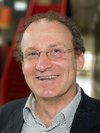We investigate earthquake and volcano processes. How do earthquakes nucleate, rupture and interact, how do volcanic unrest develop and possibly lead to eruptions, how the hazard of earthquakes, volcanoes and tsunamis can be assessed and how to rapidly obtain and provide information on such extreme events after their occurrence? Our research helps to reduce risk from natural hazards as earthquakes and volcanoes.
We cover a unique set of skills and expertise in the fields of:
Our section offers also the International Training Courses .


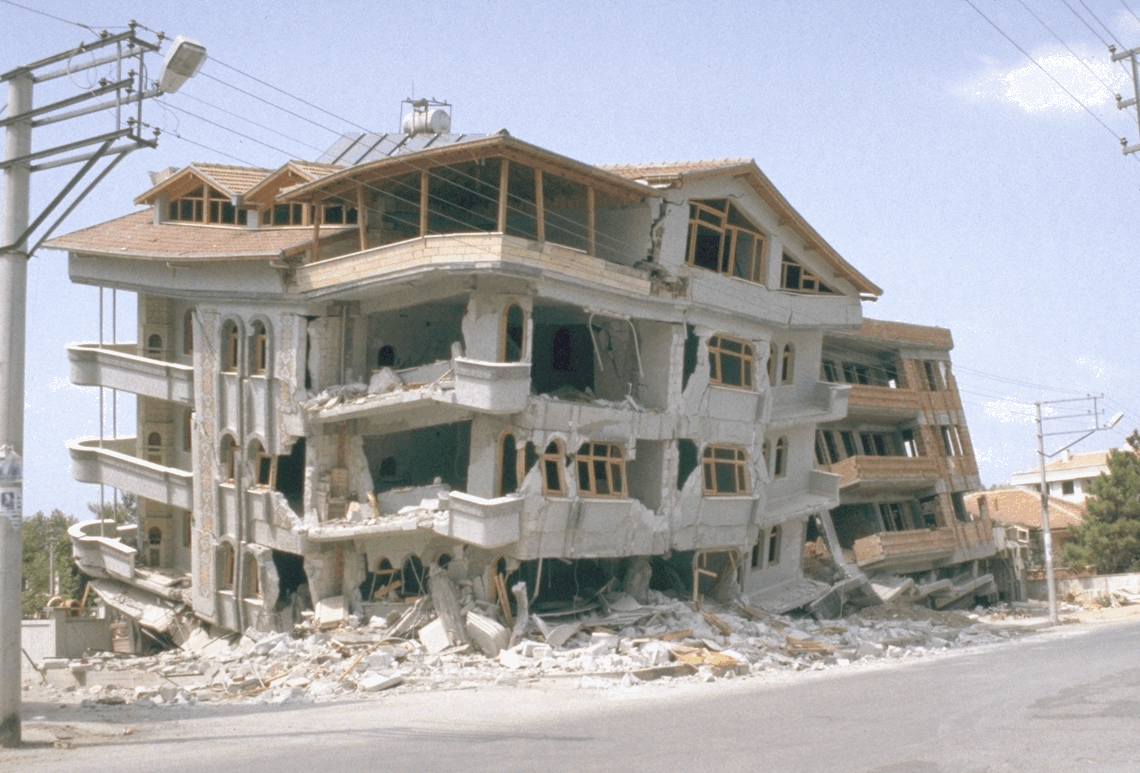
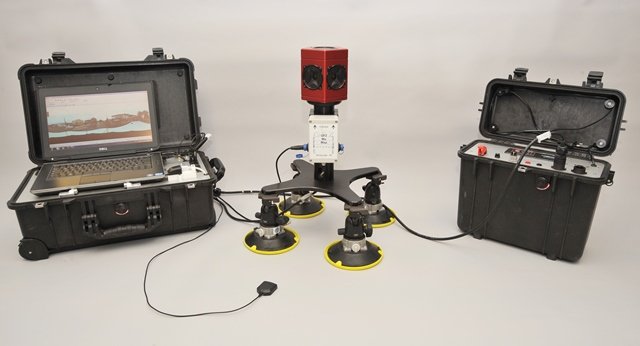
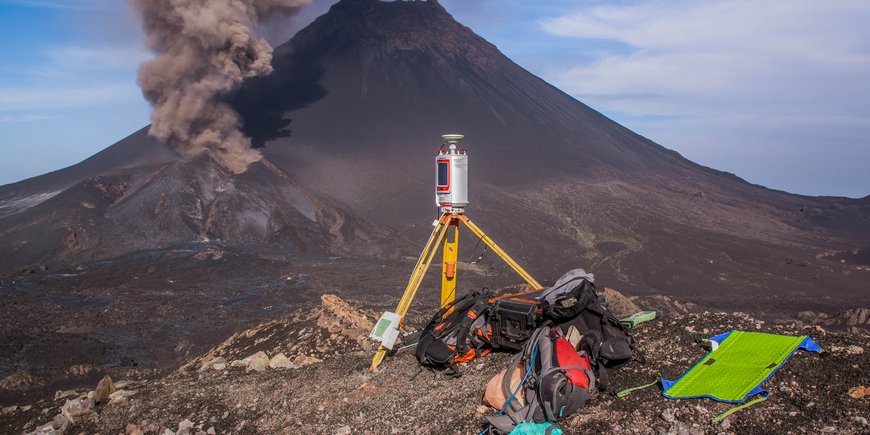
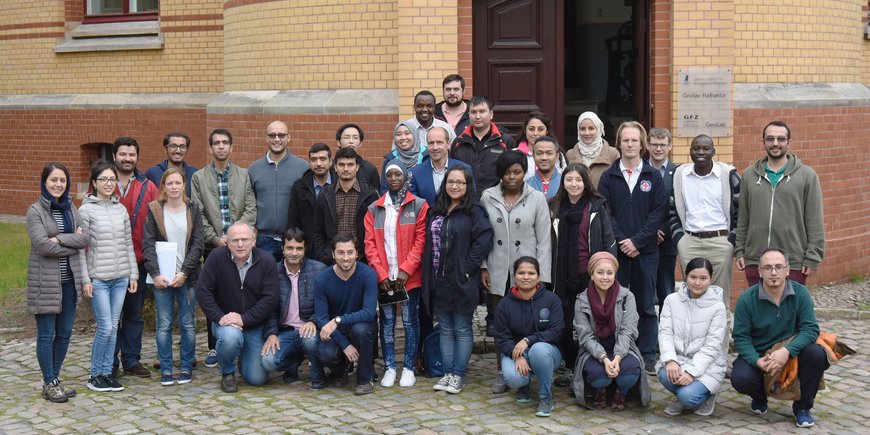
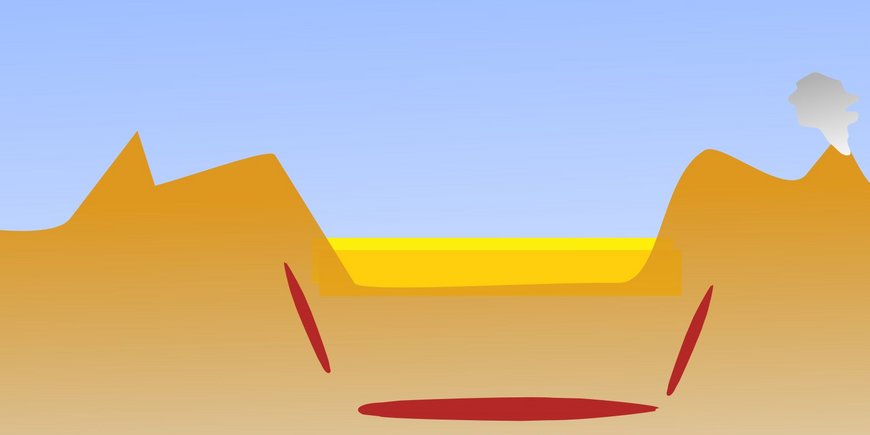
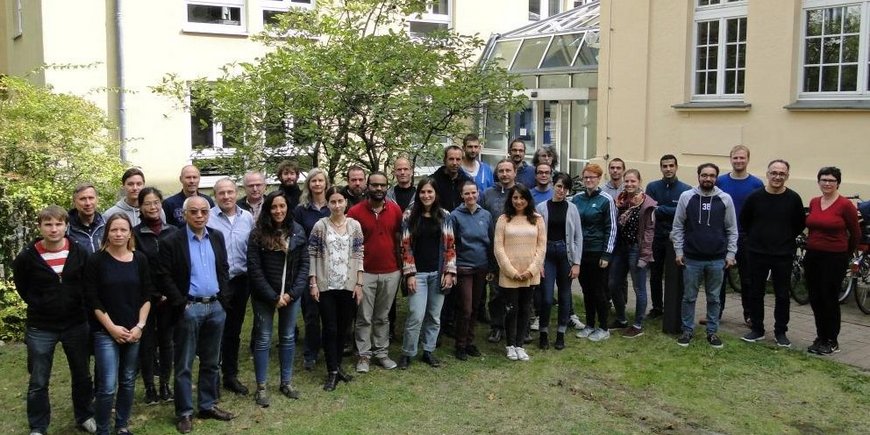
![[Translate to English:] Gruppenfoto - 42 Teilnehmer aus 7 Ländern](/fileadmin/_processed_/b/6/csm_csm_Gruppenfoto_Workshop_Luxembourg_2022_1484ce27d9_2a1058d7fb.jpeg)
